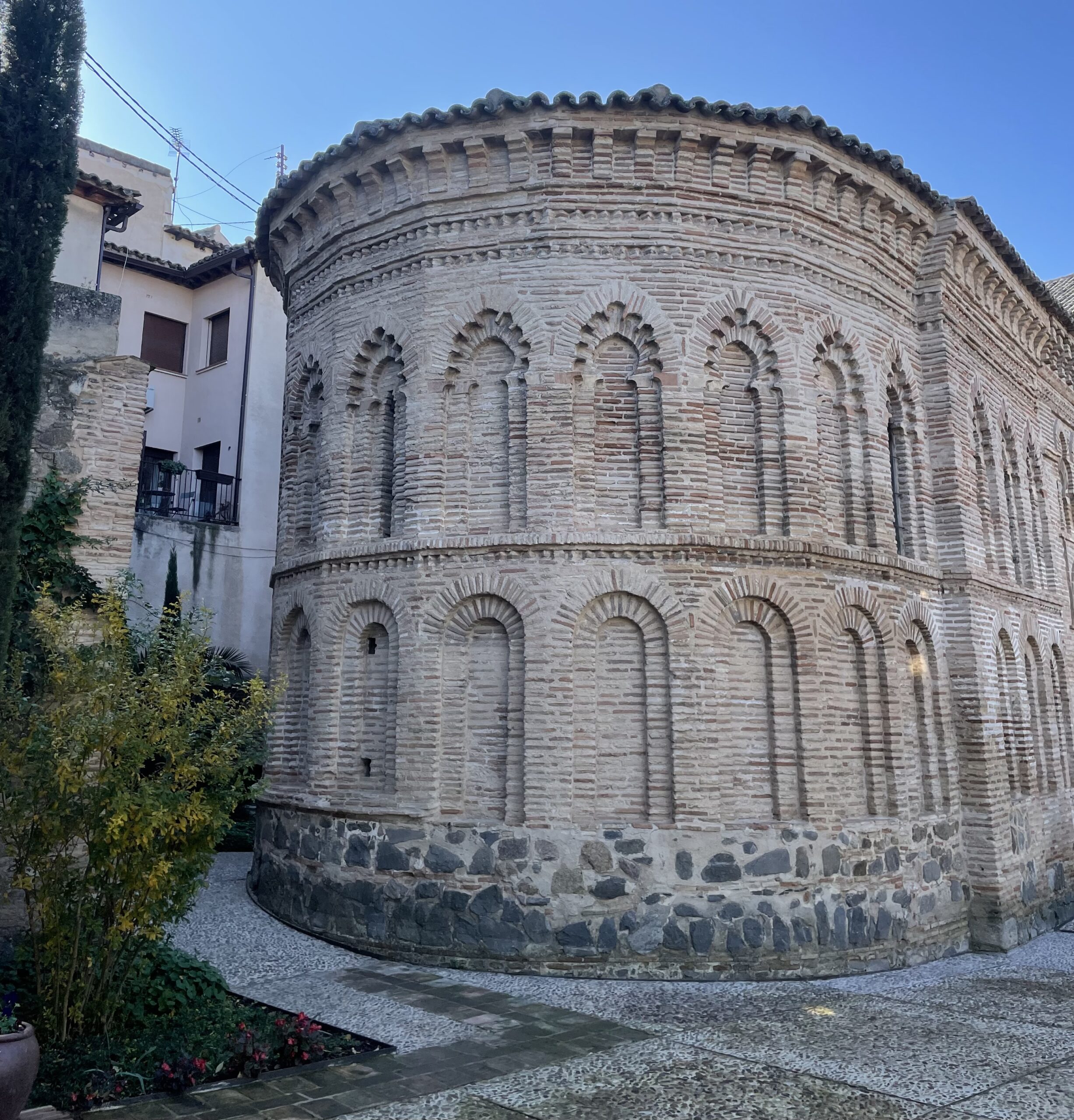Toledo- Spain
What would have made us leave the capital city of Madrid immediately after landing in Spain? The promise of a historic city with one of the oldest buildings in the country of course. Also, we are a little different in our travel preferences in that we often find ourselves seeking out the path less taken leading us away from big cities and heavily populated tourist attractions. We came off an almost 9 hour flight into a very big airport, hopped into a rental vehicle, traversed busy highways, fumbled our way through a fuel stop and reacquainted ourselves to a manual transmission vehicle, to finally arrive about an hour later to cobblestone streets, narrow passageways, beautiful arched doors, a Christmas market and architecture from 1,025 years ago. Driving into Toledo was like arriving by time machine basically. This is not to say there are no modern amenities of course, but the city itself is such an amazing introduction to what you will see all across this beautiful country.
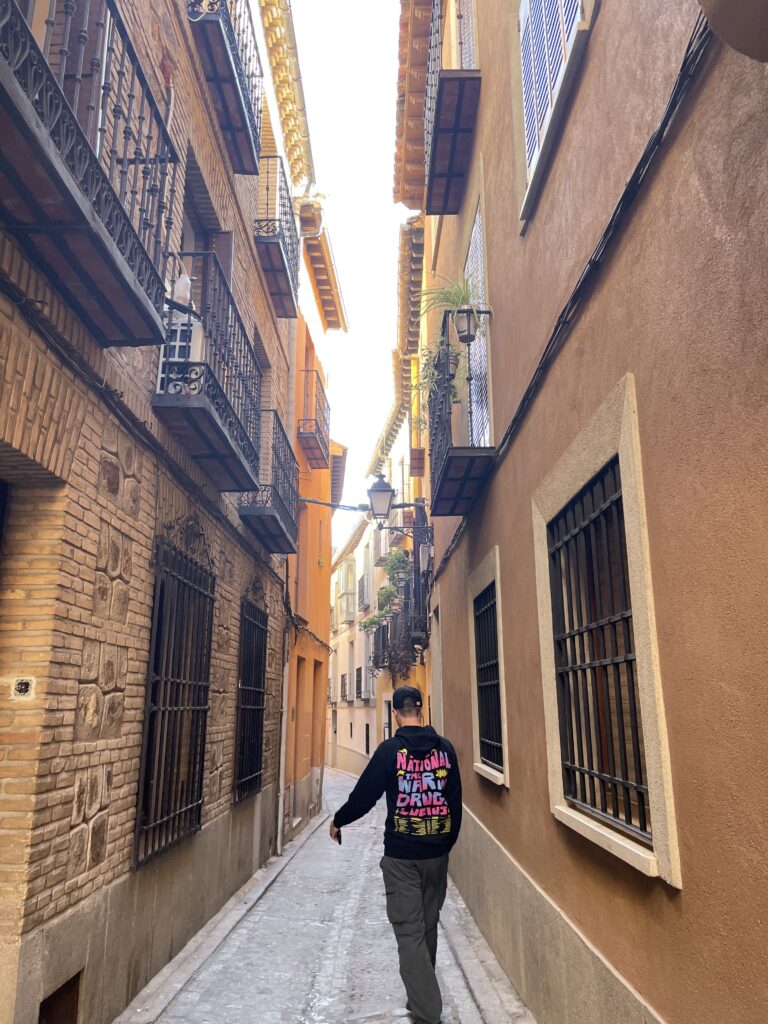
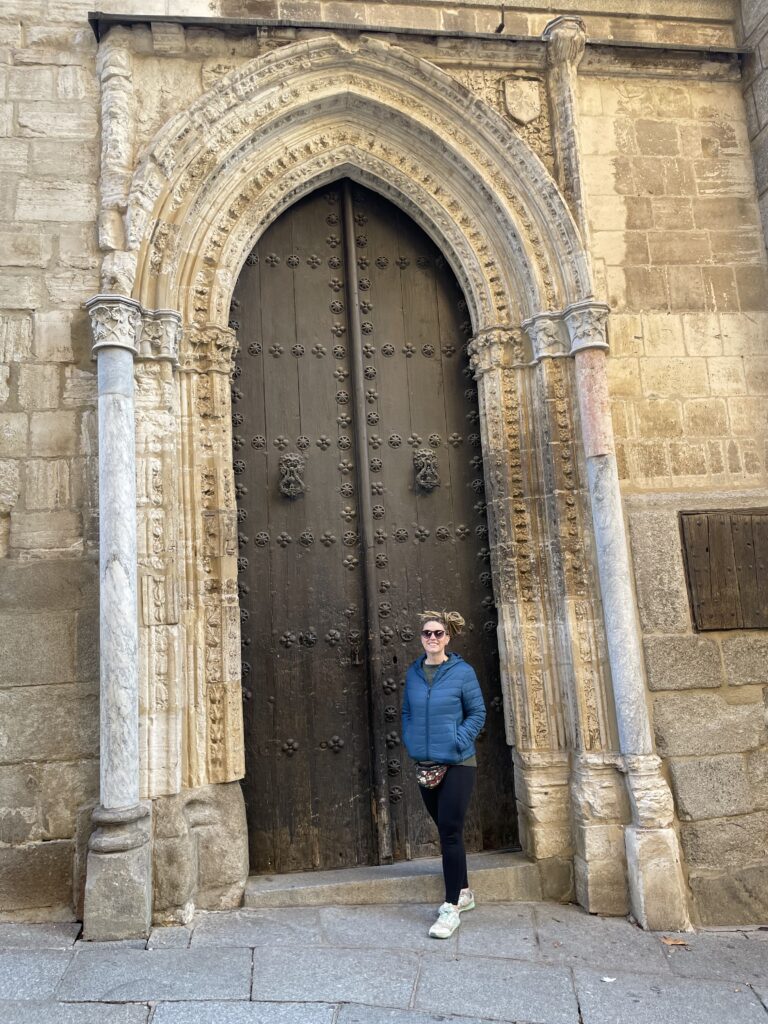
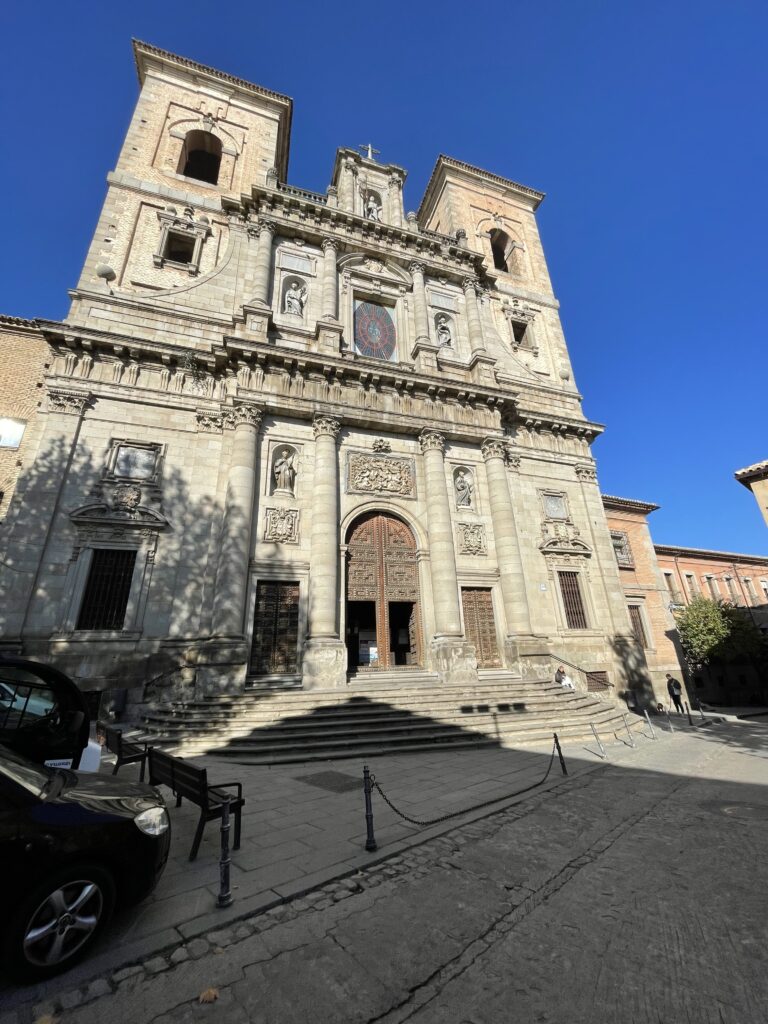
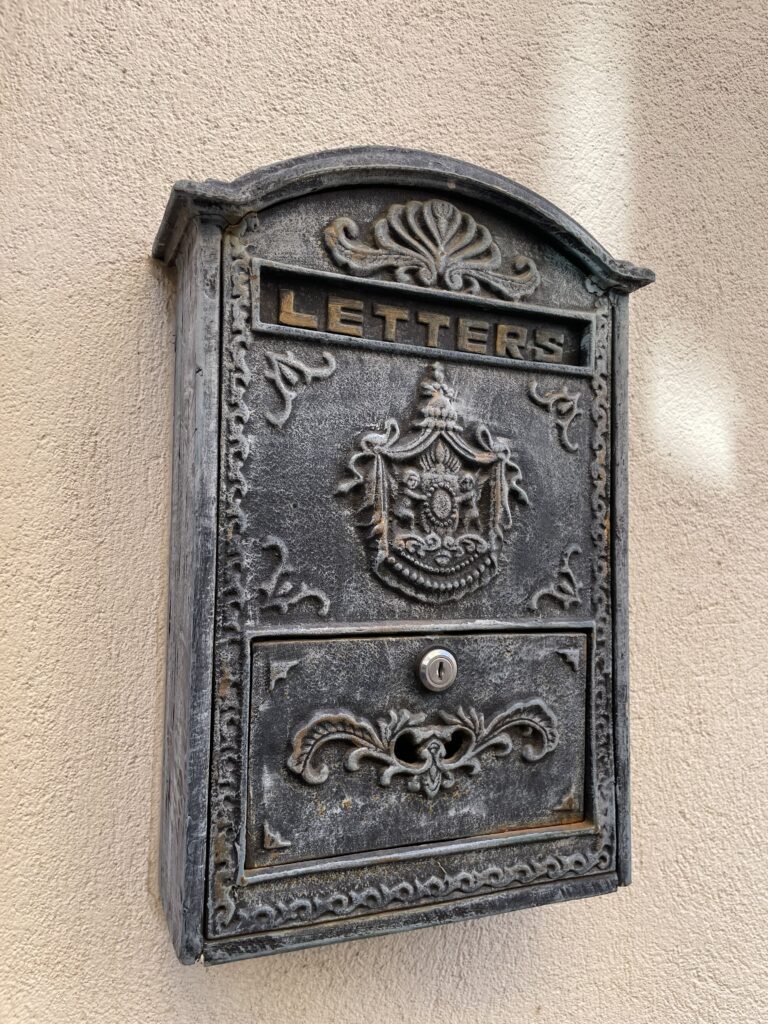
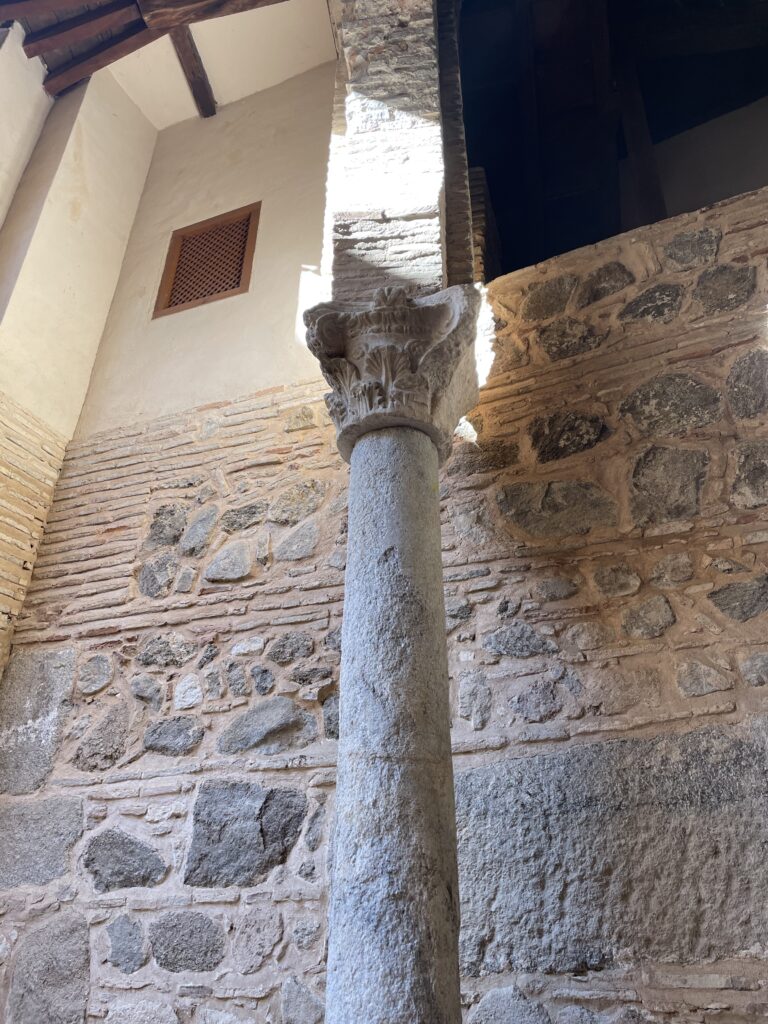
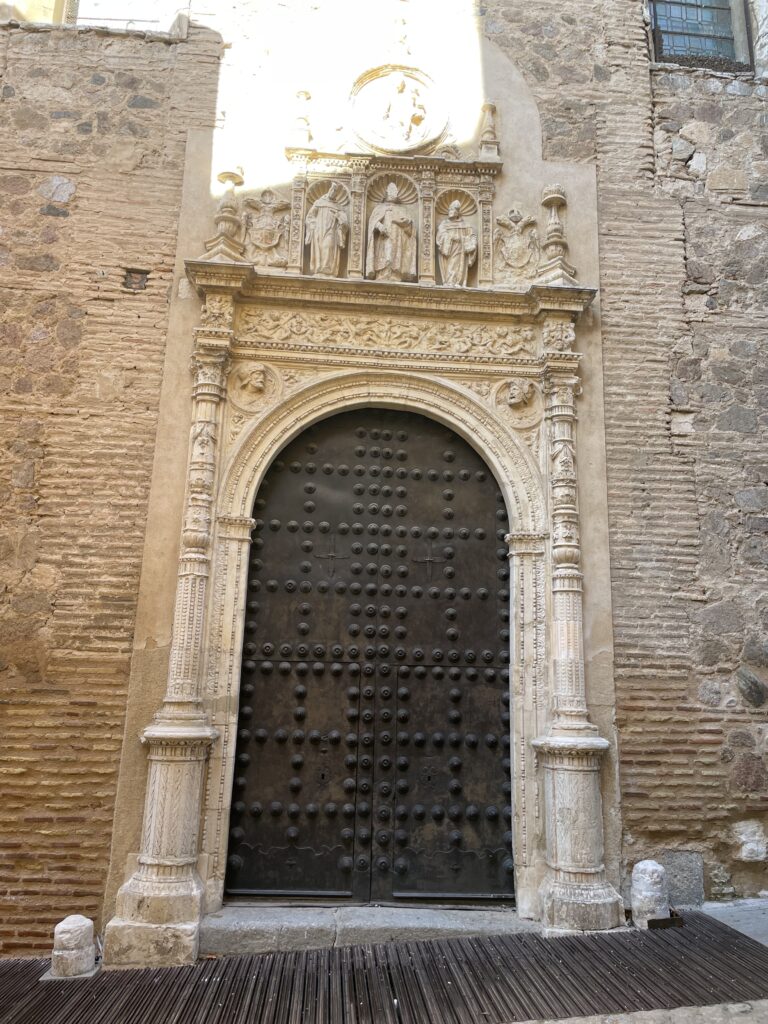
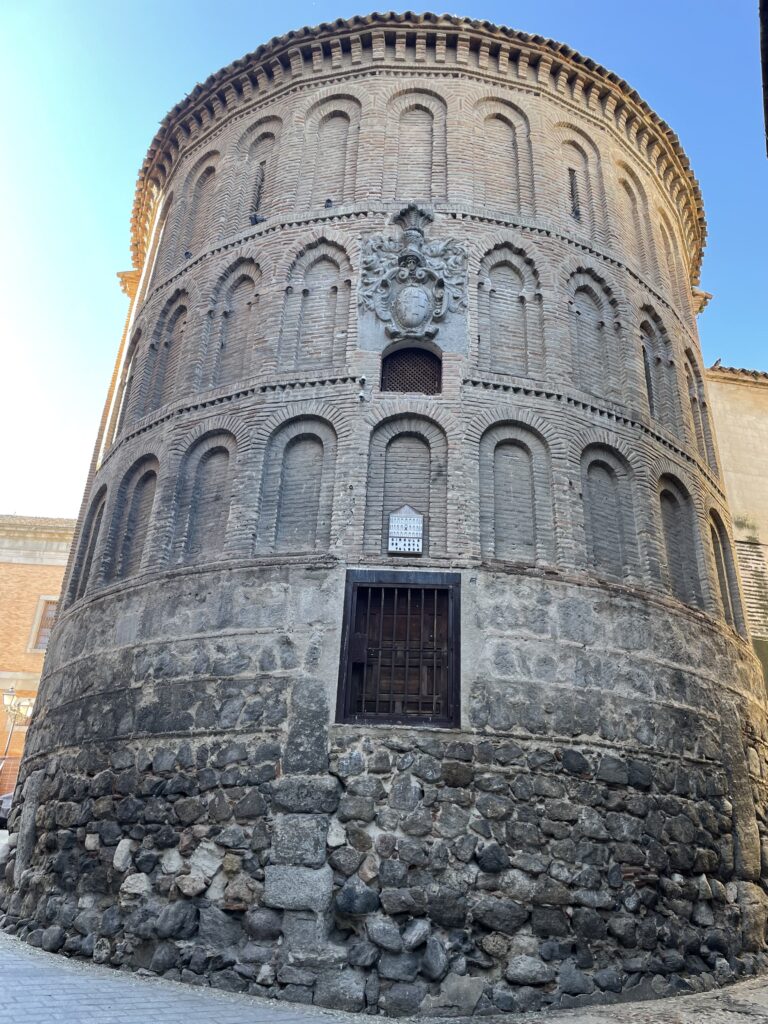
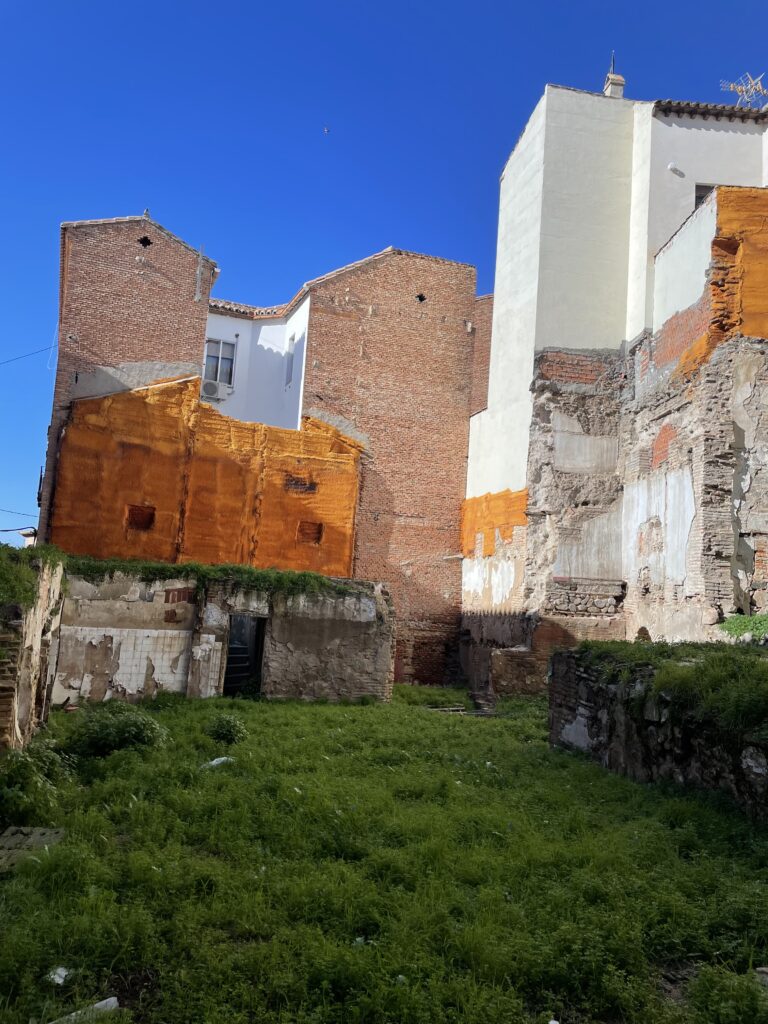
We ambled bleary eyed through the streets trying to take it all in. It was around 10am and most places of interest didn’t open until 11am so we enjoyed marveling at the way these surroundings differed from where we had just come in the U.S. Every side street and alley seemed to have another piece of history lying in wait for us. The shell and detailed stone inlay pictured below was on the outside of a historic site called the caves of Hercules which were free to enter (if you get there at the right time of day, Spanish schedule was definitely a trip!) and consisted of the remains of an old Roman bath house. The interior of the cave of Hercules was an overlook into the lower level where the foundation could be seen. Very interesting, but a very quick stop. Getting back to the Spanish schedule, a lot of places don’t open until some time between 9-11am and they close around 2-3pm, and then reopen again around 4-4:30pm (or somewhere thereabouts). This was just the “attractions”, we shall discuss food schedule at a later time. Point is, be sure to check the “open hours” of the places that you plan to visit so as to make the most of your time in the city. We only waited outside the caves of Hercules for about 5-10 minutes for the doors to be opened.
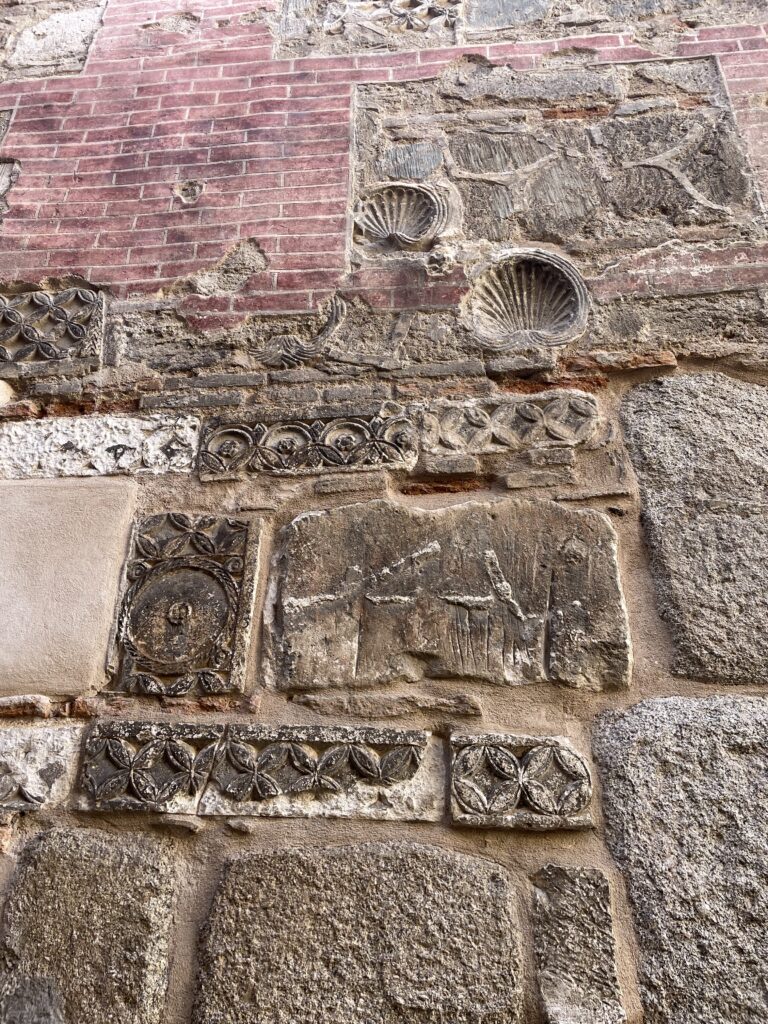
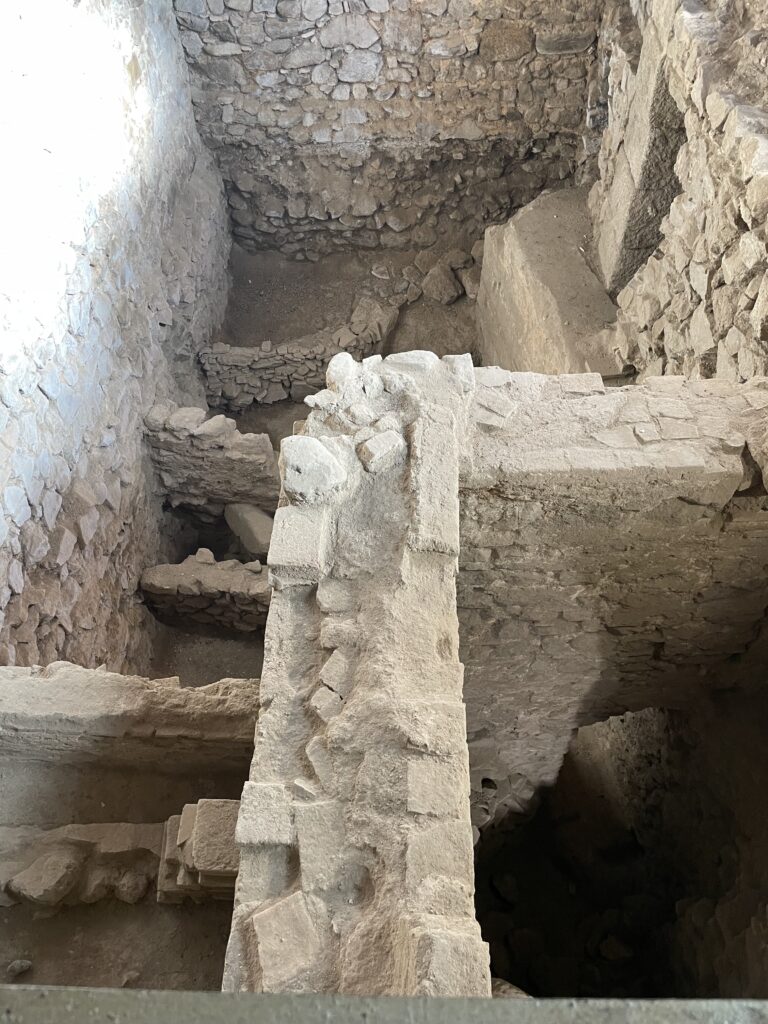
The next stop was the oldest building in the city, the Cristo de la Luz Mosque originally called the Bab Al-Mardum Mosque which was built for the local Muslim community in the year 999. Toledo was taken over by Christians around 1035 and it was then converted to a Christian church and the name changed to its current title. The interior of the Mosque shows the Christian updates of course including the painted dome you can see here.
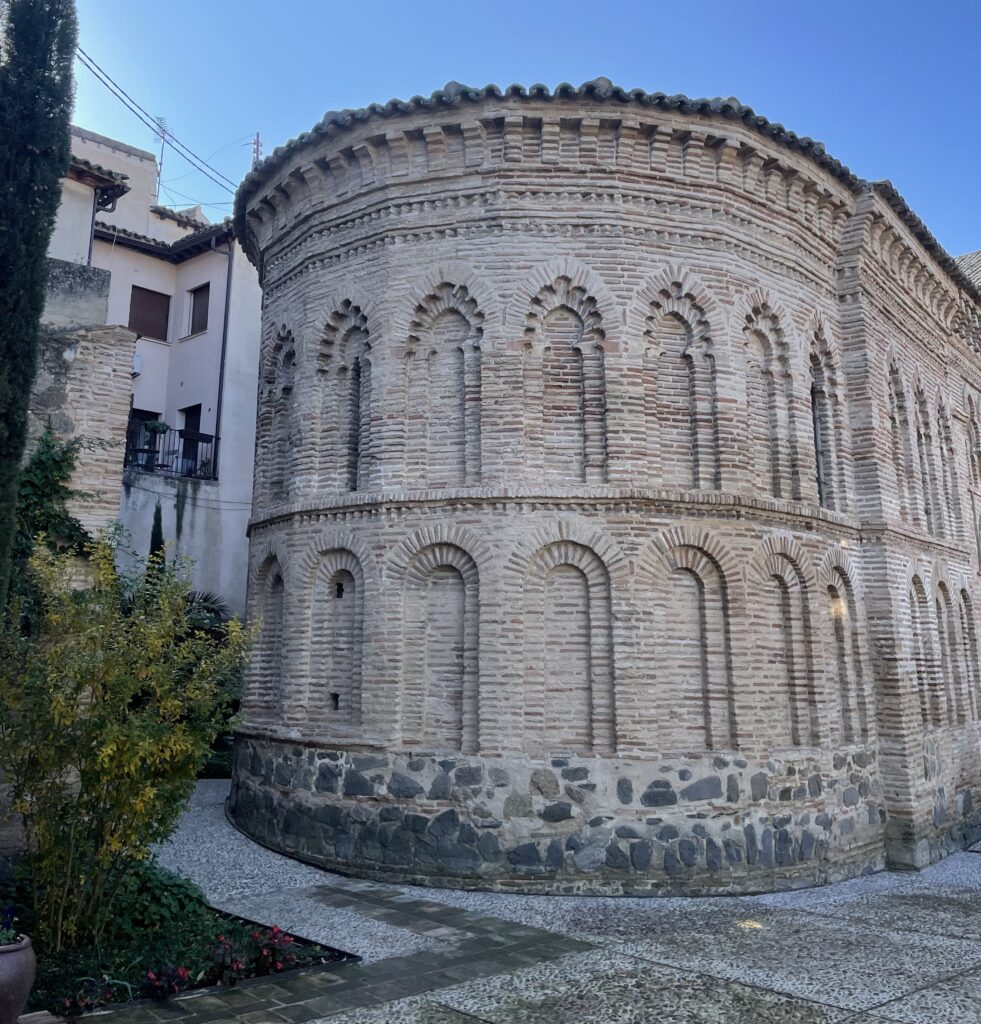
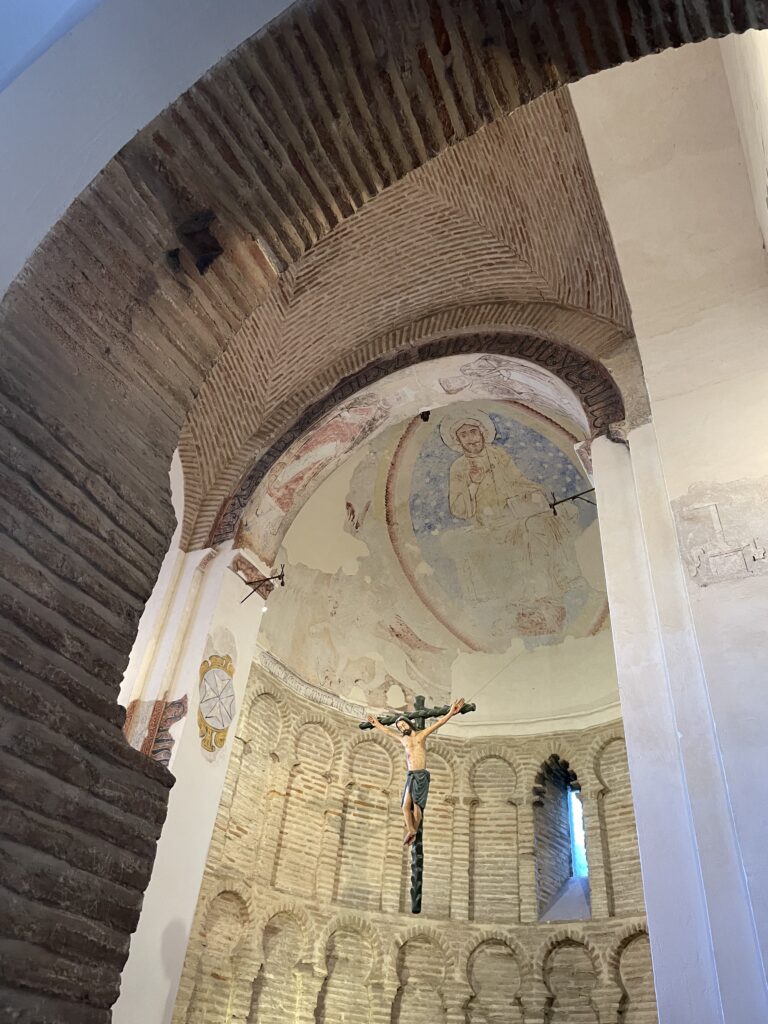
We immediately fell in love with the Moorish/Islamic architecture that can be found across the region as evidenced by the overwhelming number of arched doors and windows found in our camera rolls at the end of this trip…did someone say coffee table book of doors? We will have to get on that.
We have been studying/learning Spanish for the last three years using Duolingo which was extremely helpful. Even though we were told lots of people speak English in Spain, this proved untrue of the more rural or lesser populated areas in which we found ourselves. While the accents and dialects across Spain differ greatly from those found on Duolingo, we were able to communicate well enough to have all of our needs met for two full weeks in country. We are really hoping the incredibly gracious people of Spain did not hate us too much; I don’t think they did. We tried our very best.
The two biggest differences in the language that we noted were accent and a completely different word for a very common thing. Let’s explore accent first. In Spain, the “c” or “s” sound that we Americans know as “sss as in sssnake” comes across as either a “th” sound or occasionally it is dropped altogether. For example gracias, became gra-thi-ah. The second biggest difference we noticed was the word for bathroom. Many people stateside learn the word for bathroom as “baño”. Well, we quickly learned that baño is a common Mexican Spanish word while in Spain the bathrooms are called “aseos”. The look I got on the first day when I used what I thought was the most common phrase “donde esta el baño?”…ay-ay-ay. This is especially pertinent given the scarcity of public restrooms, when in search of one the need may be dire and thus proper use of language is muy importante!
I am always on the lookout for bathrooms when exploring a new place asking myself where and with what frequency can you expect to find them and what conditions should be expected? Spain bathroom report as follows. You could generally find a restroom in restaurants or cafeterias as they are sometimes called, but these would require a purchase at said establishment to use. We also noticed that many of the parking structures had them which we thought very clever and convenient since we parked there, we then had already paid to be able to use that bathroom too. When on the road, we didn’t see any rest stops as are common in the US, but gas stations were a pretty safe bet to find an “aseo”. Finding one that you could actually flush paper in, or that had any paper at all was few and far between outside of the major cities. So you might be wise to take some emergency rations in your day pack or fanny pack when venturing out of a larger city or in general as one of our camp hosts said “welcome to Europe, no paper provided anywhere”. The condition of the bathrooms we encountered ranged from normal fully stocked with separate bidet to a pull chain elevated tank with no seat and no paper in what appeared to be a broom closet, to a hole on the floor with outlines of where your feet go. That last one was actually in a parking structure in Madrid so its wildly unpredictable, come prepared and open minded and maybe carry a bottle of hand sani.
Spanish and bathroom lessons aside, let’s get back to touring the city. There are seven well known monuments in Toledo that require paid entry. A wristband that grants access to all seven can be purchased in advance here, or if you are fly by the seat of your pants people like we are, wristbands can be purchased in person at any one of the seven monuments. Also of note, the wristband is valid for as long as it is on your wrist so if you have a few days and want to spend some more time, re-entry is allowed as long you don’t remove the wristband. There are similar multi-monuments passes in other cities as well such as Granada where you can tour cathedrals, monasteries and churches. Besides the oldest building in Toledo, one highlight for us was the San Juan de los Reyes Monastery with its beautiful enclosed courtyard, intricate carvings, soaring vaulted ceilings and mosaic wood inlays.
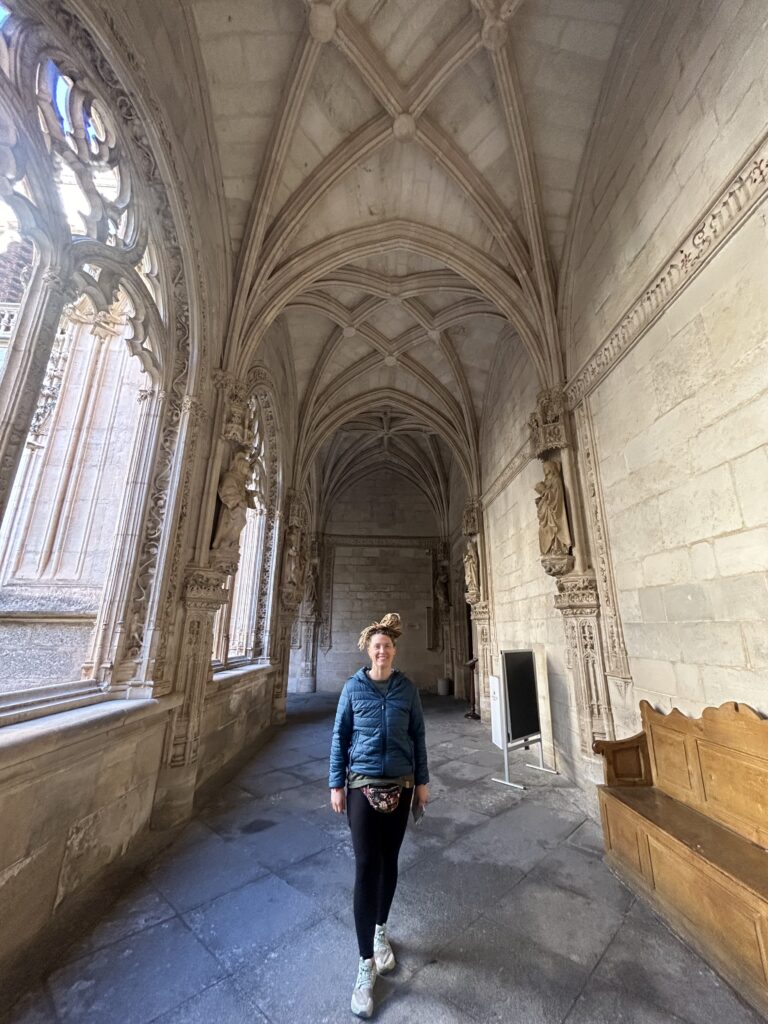
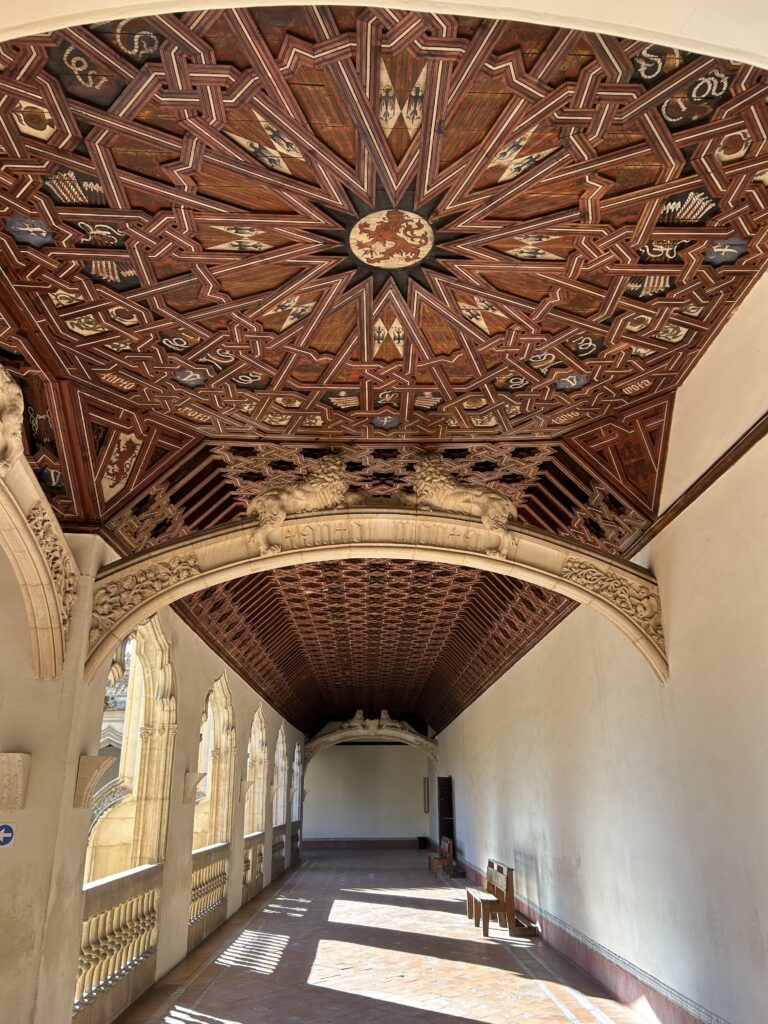
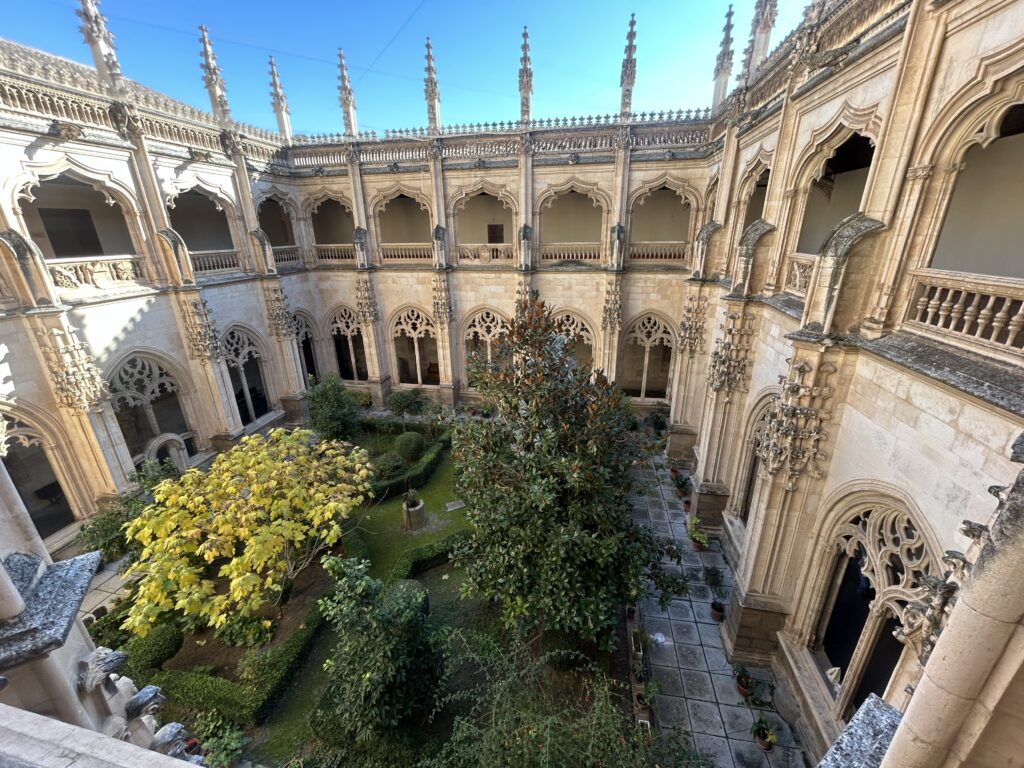
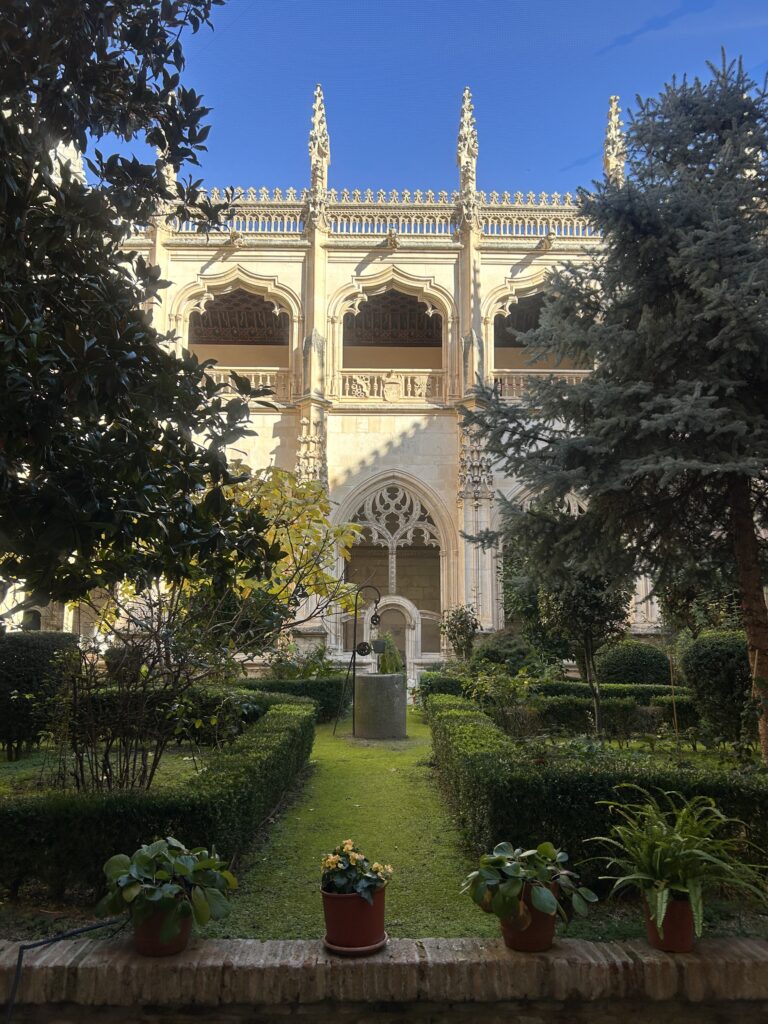
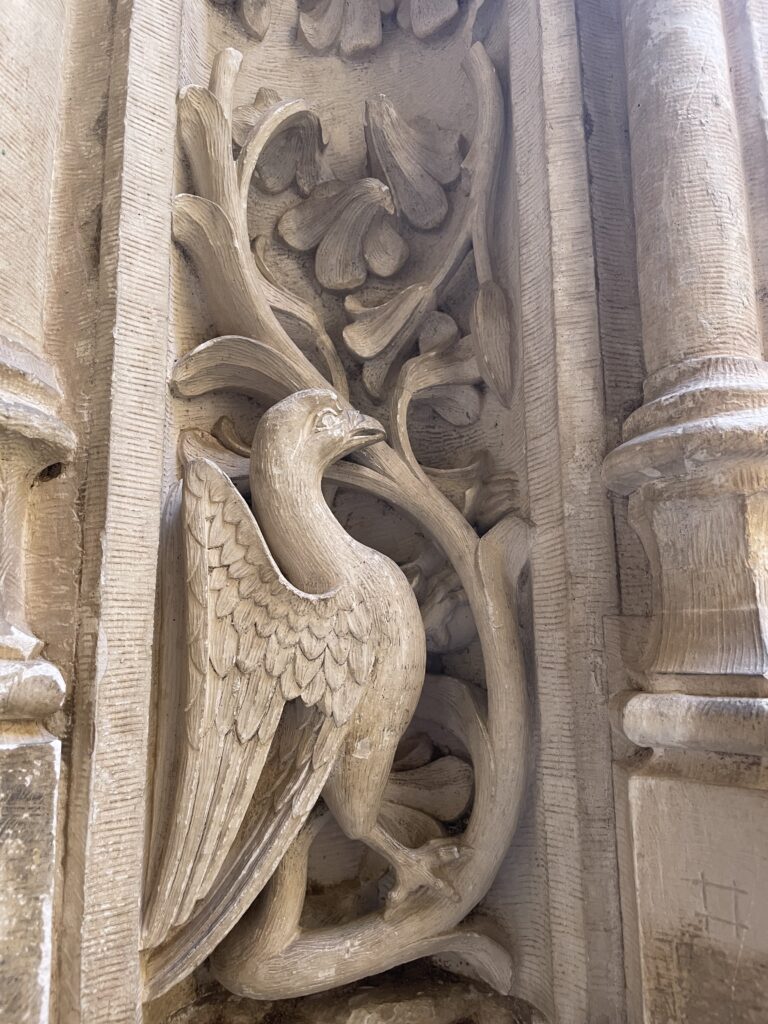
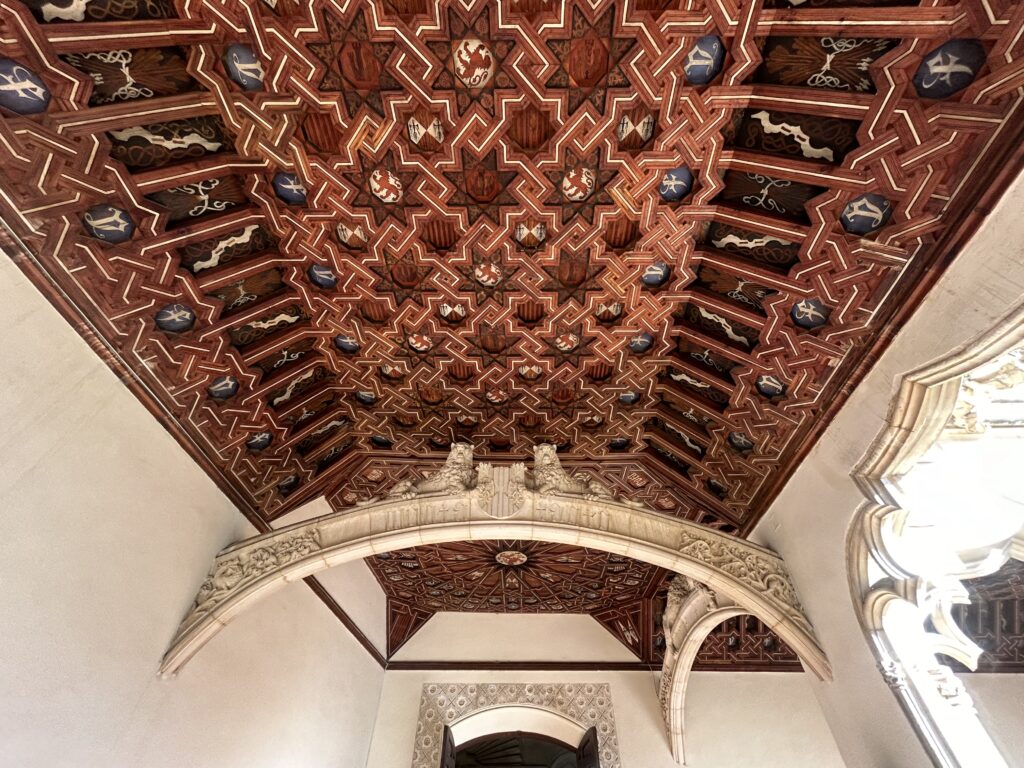
Another jaw dropper was the Santa María La Blanca Synagogue. Here again we see the archways but now with more of a keyhole shape and intricate carved details. It is absolutely beautiful. Walking from site to site was such a fun way to explore the city. To learn more about the history of this site specifically you can read about it here. There is also a brochure and map that includes English descriptions that comes with the wristband purchase.
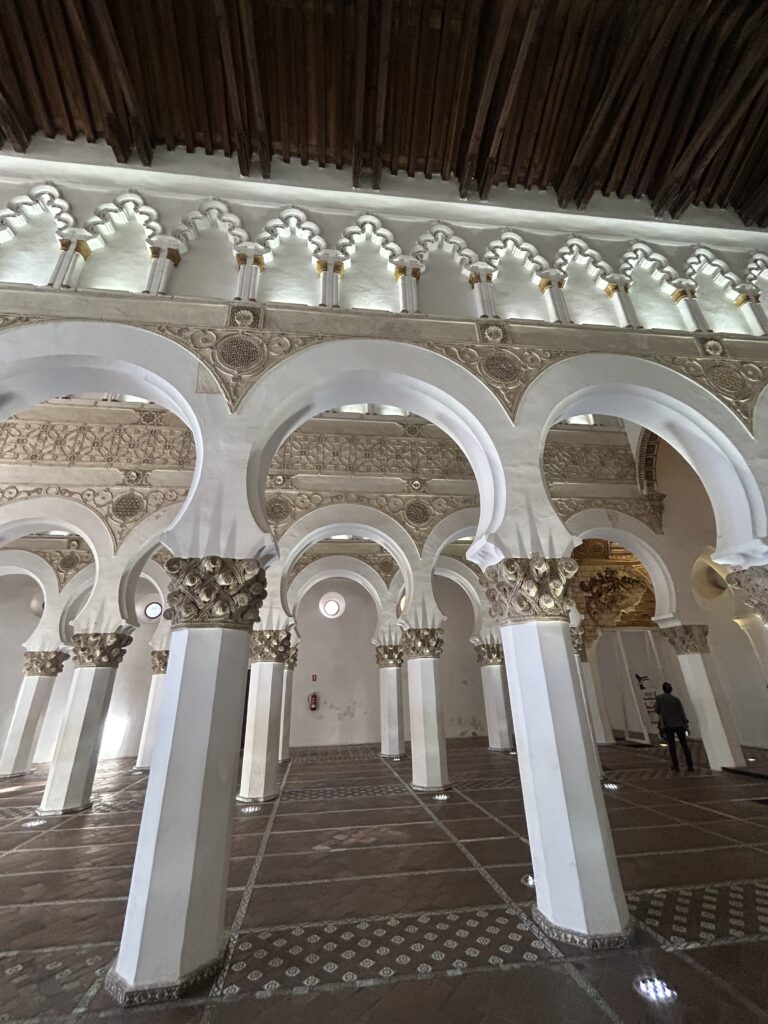
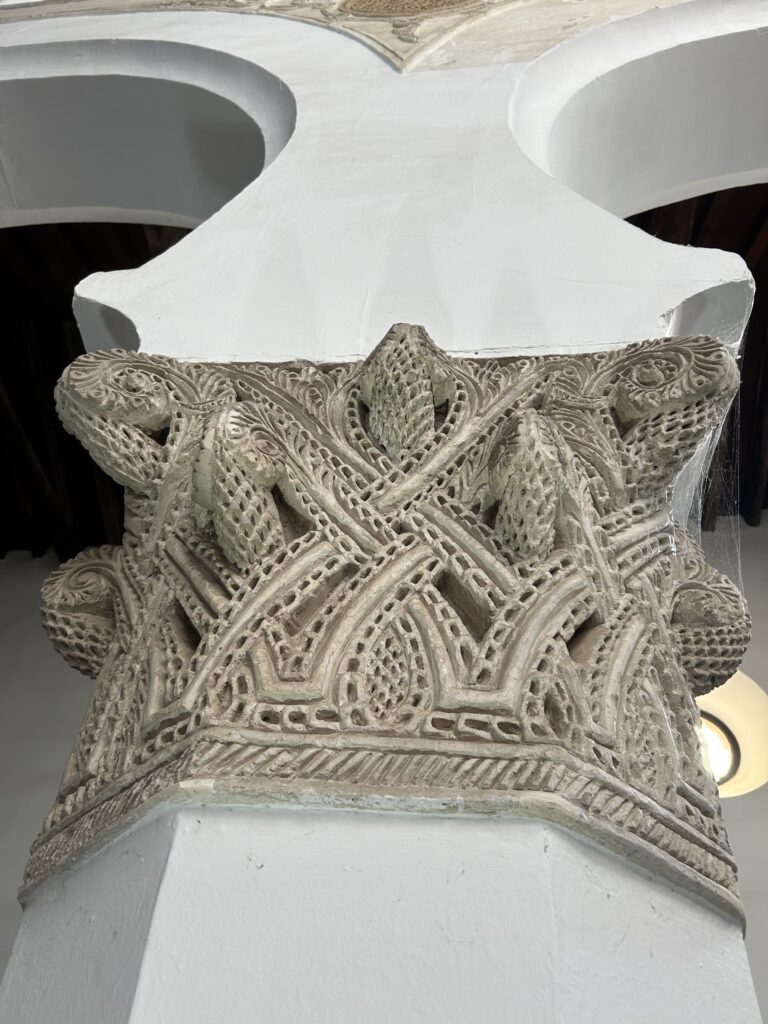
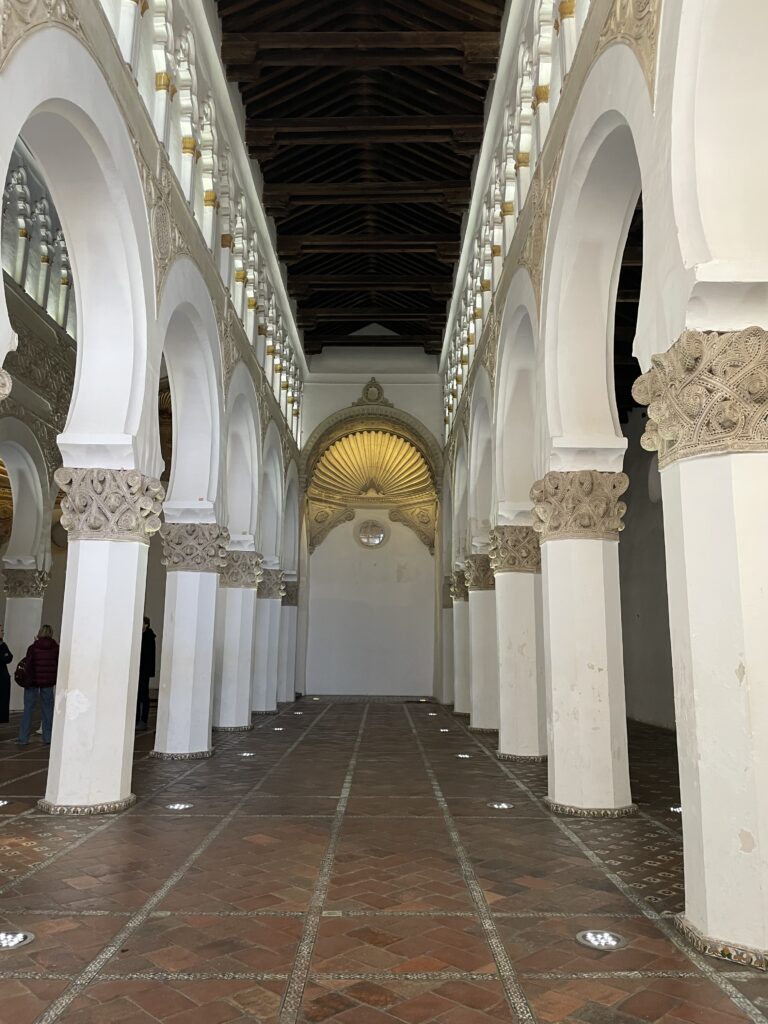
The El Salvador Church pictured below housed shrouded remains, more vaulted ceilings and offered a climb to the bell tower with a stunning view of the city. Yet another big winner in our book was the Santo Tomé Church which houses a famous El Greco painting, “The Burial of the Lord of Orgaz”.
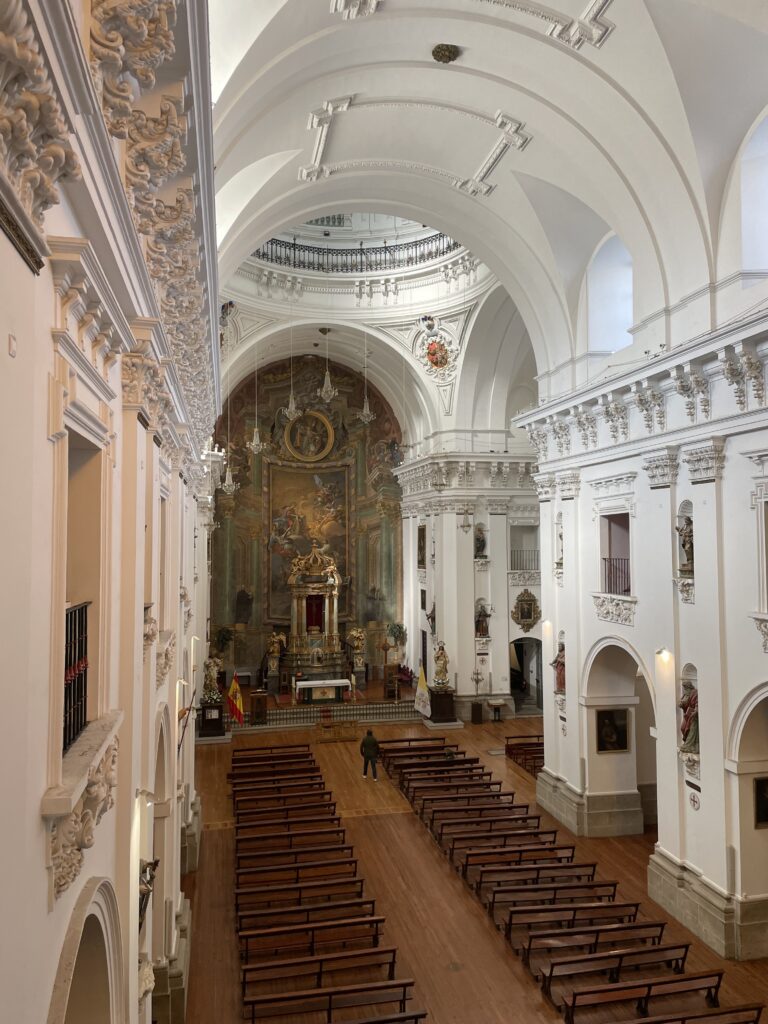
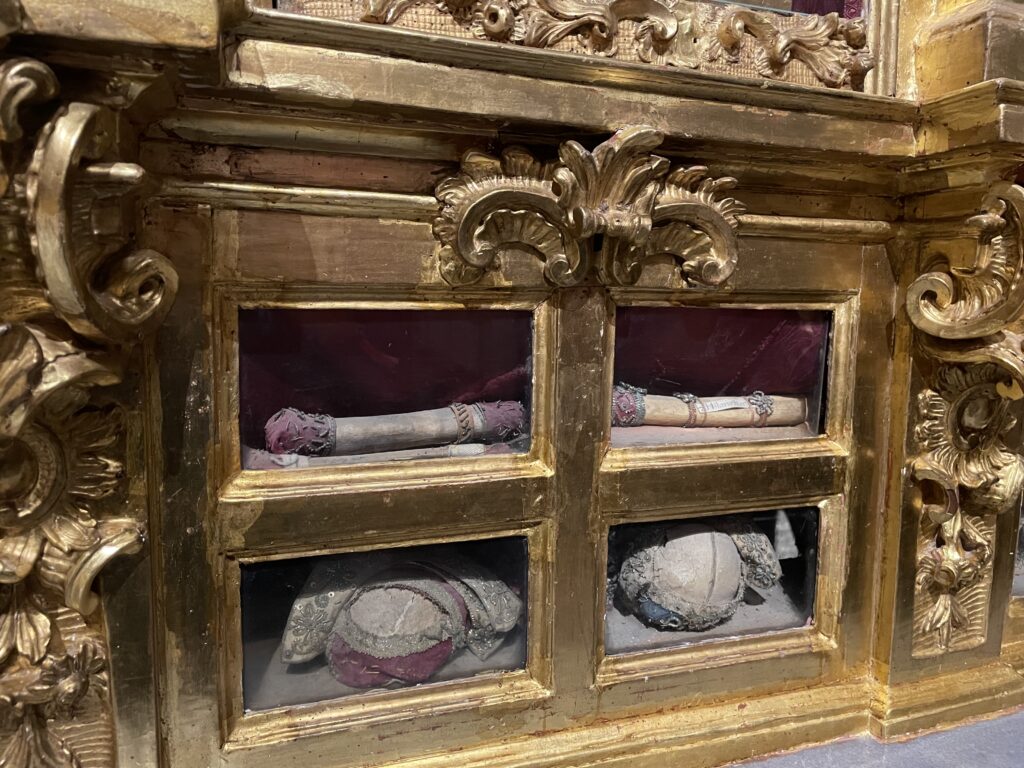
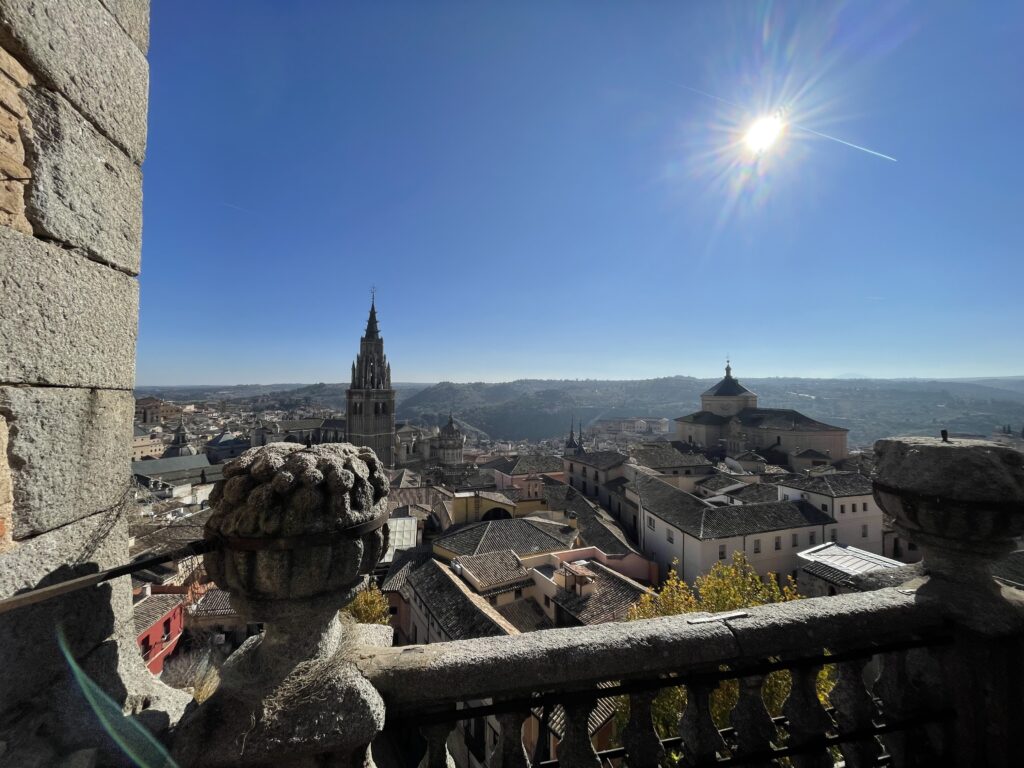
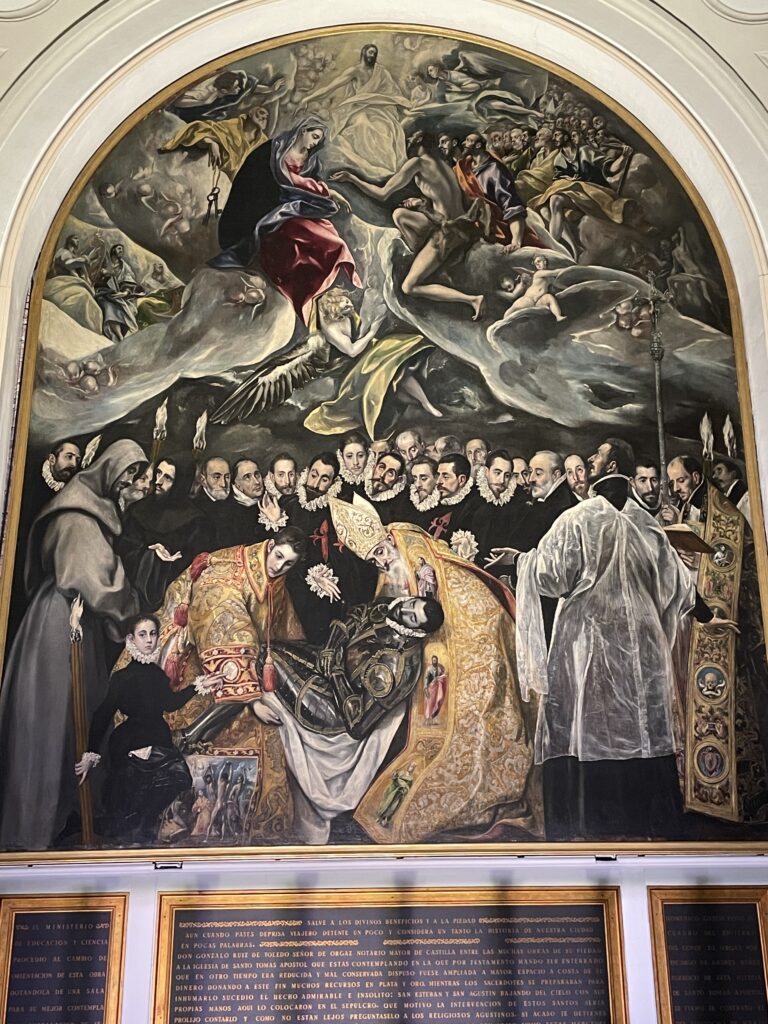
As we wrapped up our walking tour of Toledo having stopped for a pastry and espresso somewhere in between, I noticed around 2:30 in the afternoon children in uniform happily skipping down streets on their way home from school. It was a pleasant reminder that this is just another place where people live, learn, go to school, go shopping and have family meals. How different it is though in so many ways from where we came, our history is much more recent, our environments so different, the smells, the sounds of every day life so foreign. I love this part about traveling, seeing the everyday emerge from the “big new exciting thing”. I always like to try to pull myself out of the tourist mindset if only for a moment to appreciate what life might be like for a local here. After all, wherever we may go, we are in someone else’s every day and should appreciate and respect that.
We took a moment to sit down and decide what was next. I haven’t mentioned yet that we had a little snag with the rental when we arrived, which now seemed like a lifetime ago, but it was time to find a new plan. We rented a cargo van so as to save us from hauling our tent halfway around the world and we planned to sleep in the back of the van at campgrounds. Unfortunately, the van had a divider cage bolted in behind the back seats so we were unable to sleep in the vehicle and no other reasonable alternatives were available.
Adapt and enjoy is the name of the game though, so we decided we would pick up a small tent for around $25 at a local sporting goods store called Decathalon and use that for any camping spots on the trip. We ended up deciding to travel a little further on after getting our fill of Toledo so as to be a bit closer to tomorrow’s destination and for this first night we managed to find a very modestly priced hotel (we are talking under $50 what the heck?). We utilize many different lodging apps which you can explore on our resources page to compare offers and select the best deal. After landing in our hotel at 4pm and walking to a restaurant that said it was open now, we learned our first lesson in Spanish life schedule. Not a single restaurant was serving food again until 8pm. Remember when I said the Spain schedule was a trip? This is what I am talking about. We are used to eating dinner around 5-6pm. Also, we are accustomed to the luxury of having any sort of food available literally at any time of day in the U.S. The kind gentleman at the restaurant we walked to chuckled when we asked if there was anywhere serving food at the time as he replied with a shrug saying “Burger King?”. At this point we had been awake for 27 hours and had eaten very little, but we were not willing to settle for Burger King. I’ll be damned if my first meal in Spain is the King (we don’t even eat there in the U.S.). In a last ditch effort before collapsing in exhaustion we stopped into a bakery (panaderìa) and grabbed some pastries that had meat and cheese in them as well as a couple of sweets. We inhaled these as we walked our tired bodies and brains (attempting to utilize a language in the real world which you have previously only practiced on an app for 30 minutes a day is hard work!) back to our hotel.
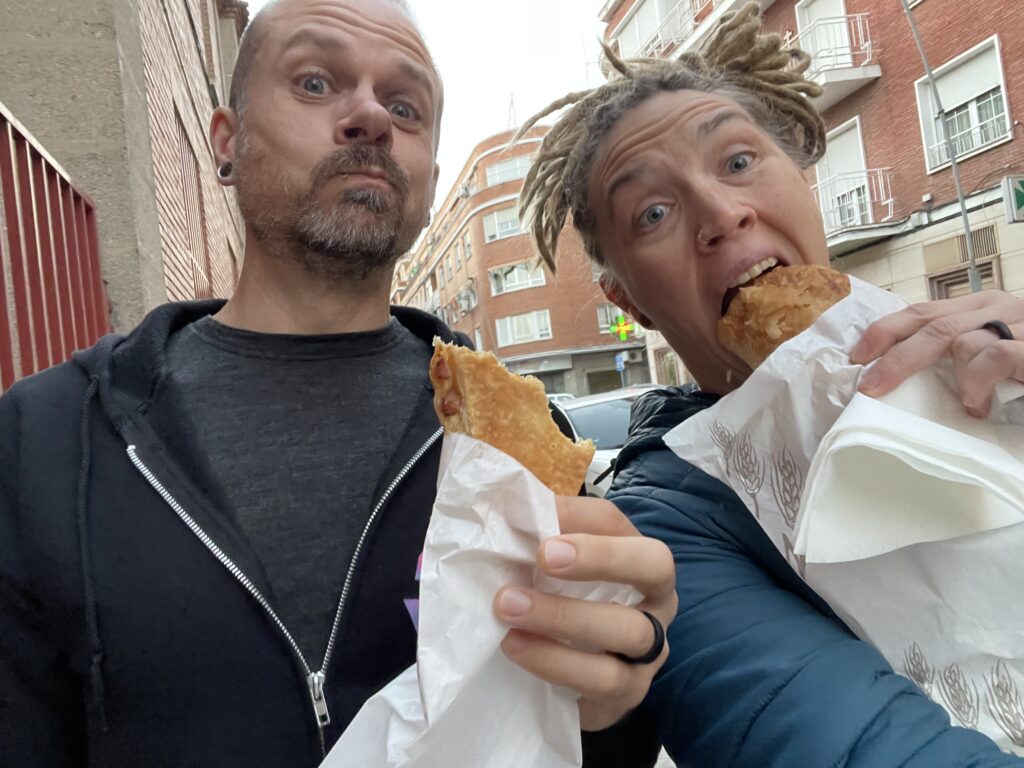
I started to write my notes from the journey thus far and asked Eric if he would be taking a shower. He was able to get out “I don’t know if I will take a” before I heard light snores coming from his side of the bed. I soon followed suit after a quick shower and finishing my notes recounting all the things we had seen on day one. I fell asleep almost instantly while looking forward to whatever was to come next.
